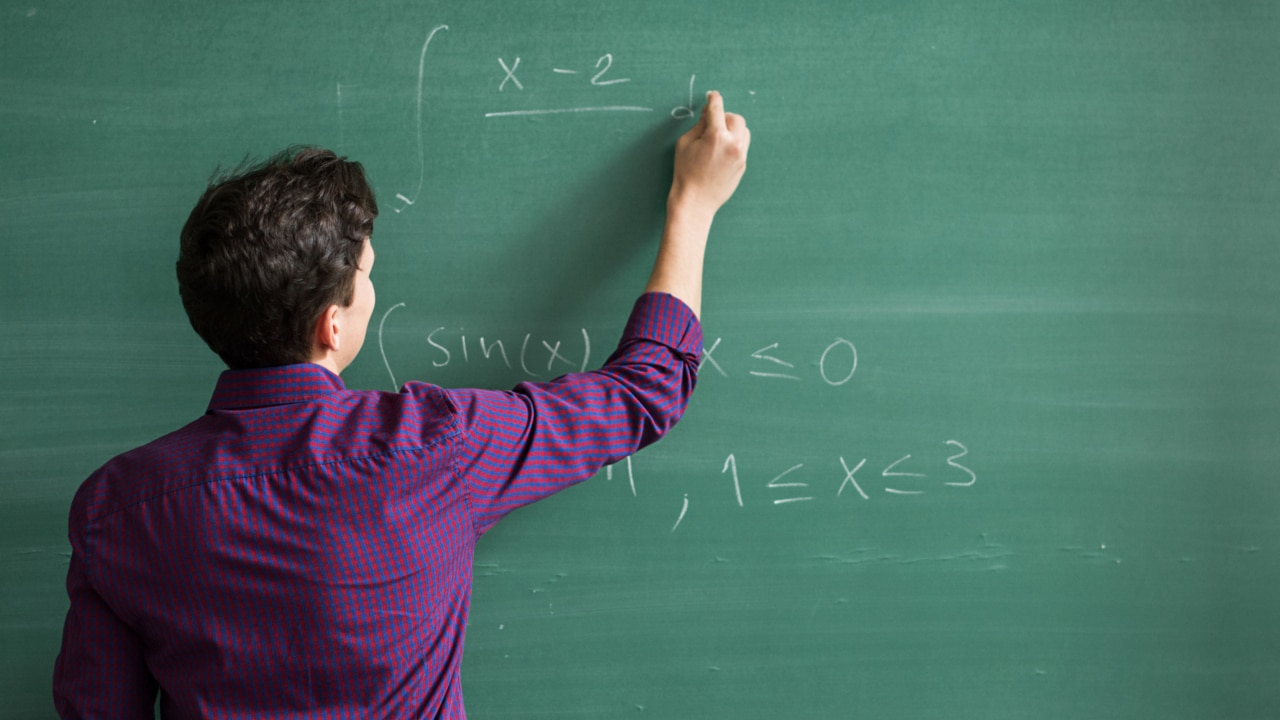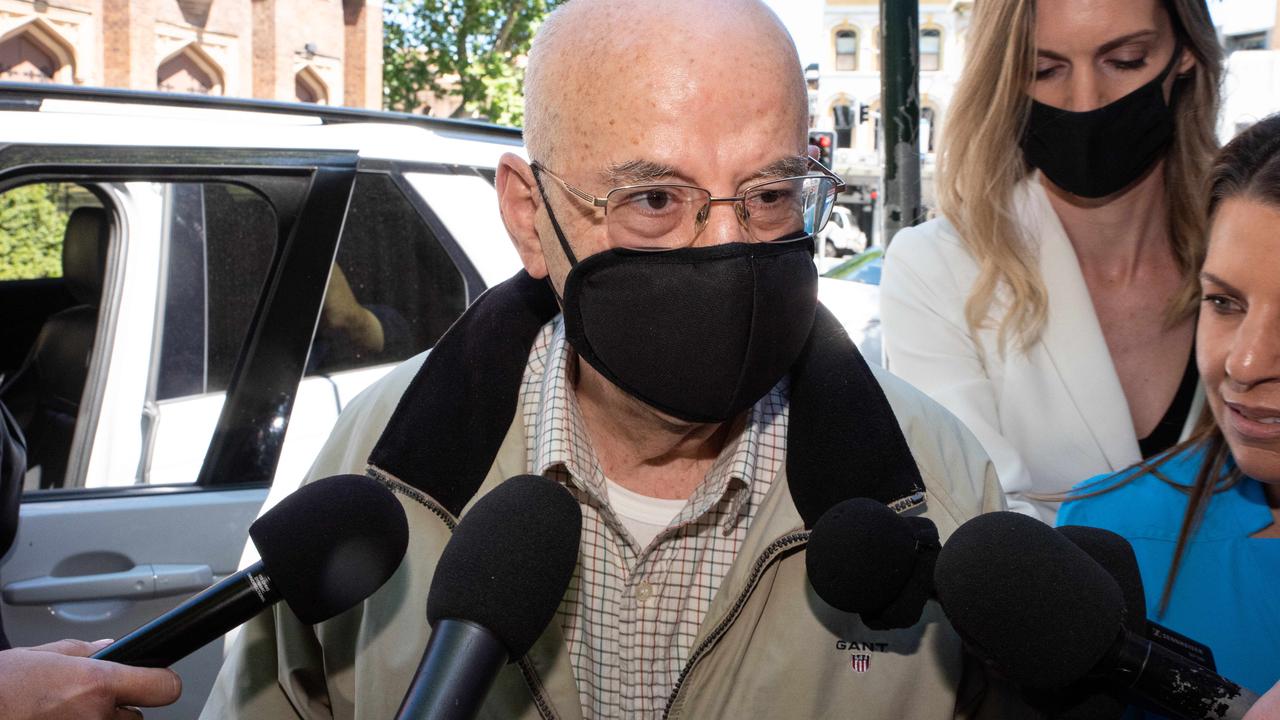Soaring salaries place Australian teachers top of the class
As teachers demand higher pay for less work, a new OECD study reveals they’re on par with other professionals.

Teacher salaries have soared five times faster in Australia than across the industrialised world over the past decade, new global data reveals.
As teacher unions demand less work for more pay, an international comparison of teacher salaries by the Organisation for Economic Cooperation and Development (OECD) shows that experienced Australian school teachers earn significantly more than they would in most parts of the world.
Public school teacher wages across Australia grew 15 per cent in real terms, compared to 3 per cent across the OECD, between 2010 and 2022.
As taxpayers fund generous pay rises for teachers in NSW, Queensland and the ACT this year, the OECD data undermines complaints from teacher unions that they are overworked, underpaid and earn far less than university graduates working in other professions.
Top salaries for public primary schools teachers in Australia averaged $117,358 last year – 36 per cent more than the OECD average, 30 per cent higher than in New Zealand and 26 per cent higher than the average teaching salary across European Union nations.
Starting wages for beginner teachers in Australia averaged $71,199 – just above the OECD average and one-third higher than salaries averaged across the European Union (EU).
In the United States, beginner teachers earned slightly less than in Australia, although the top salary was higher at $121,561.
The OECD report shows that teachers earn the most in Switzerland and Germany, which pay top salaries of about $143,000 a year and starting salaries that are 30 to 50 per cent higher than in Australia.
The OECD data, buried in its 2023 Education at a Glance report published on Tuesday night, is based on public primary school teacher salaries averaged across all states and territories in 2022.
It does not account for the big salary hikes awarded by the NSW, Queensland and ACT governments this year.

In NSW, 95,000 teachers will pocket a $10,000 pay rise next month, lifting starting salaries to $85,000 and top salaries to $122,100.
Queensland has pegged pay rises to the rate of inflation over the next three years, as crippling teacher shortages force the Education Department to recruit unqualified trainee teachers to fill vacancies.
Beginner teachers with a four-year university degree will earn $84,000 next year, rising to $235,000 for principals in the biggest high schools.
In the ACT, teachers have been given an extra four days to work without students at the start of Term 1 in 2024 – forcing other working parents to find and pay for childcare at the end of a six-week summer break.
First-year teachers in the ACT will earn a starting salary of $84,978 next year, rising to $104,314 in 2026.
Wages for experienced teaches will rise from $101,447 next year to $129,106 in 2026 – with an additional 12.5 per cent paid in superannuation.
Australian Education Union (AEU) federal president Correna Haythorpe said the OECD report showed Australian teachers were underpaid.
“Australia’s public school teachers are some of the most dedicated and hard-working across the world, yet they continue to be left unsupported,’’ she said.
“Despite having some of the highest workloads globally, Australian teachers are amongst the least well compensated in the OECD.
“This is unacceptable.’’
Victorian Premier Daniel Andrews yesterday announced free degrees for university students who enrol in teaching courses next year, at a cost to taxpayers of $93 million.
The scholarships will be available to 4000 students a year who enrol in secondary school teaching degrees in 2024 and 2025, with final payments if they go on to work in Victorian government schools for two years after they graduate.
The total scholarship for students who complete their studies and then choose to work in government secondary schools will match the HELP fees charged by the Commonwealth Government for Commonwealth supported places – $18,000 for a four-year undergraduate program or $9,000 for two years of postgraduate study.
Queensland is recruiting tradies to retrain as teachers, through a $20 million Trade to Teach Internship program.
The program, which was expanded yesterday, offers successful applicants a $20,000 scholarship, a paid internship, and a guaranteed permanent teaching position specialising in Industrial Technology and Design in a Queensland state high school.
Queensland recently announced has also grants for teacher aides to upskill as teachers, with $40,000 scholarships for Aboriginal and Torres Strait Islanders who enrol in a teaching degree.
As Australian teachers pocketed pay rises, salaries fell in many comparable countries, with inflation chewing through 3 per cent of wages across the EU.
Wages have stagnated in the United States and fallen 2 per cent in England over the past 12 years.
The OECD report shows that Australian teachers earn just as much, on average, as other professionals with university degrees.
High school principals are paid nearly twice as much as other university-educated professionals, the data shows, while primary school principals earn 66 per cent more.
Australia’s professional pay parity differs from many other industrialised countries.
Across the OECD, average wages at primary level are 13 percent below those of other workers with tertiary education.
“Well-qualified and motivated teachers are essential for strong education systems, according to the report, but too many countries still prioritise smaller classes over raising teacher quality and making teaching careers more attractive, especially given that many OECD countries are facing teacher shortages,” the report states.
“Countries should increase opportunities for career progression, reduce teachers’ administrative workload, improve the public image of teachers and boost pay in order to attract high quality teaching staff.”
The OECD report shows that in 2020, Australia spend 6.2 per cent of gross domestic product (GDP) on school, vocational and university education, compared to 5.1 per cent averaged across the industrialised world.
Spending during the pandemic grew 4.4 per cent in Australia – nearly 10 times more than the OECD average of 0.4 per cent.
Teacher salaries cost $6744 for every primary school student in Australia, compared to $5621 across the OECD.
The OECD report shows that Australia spends only half as much as other industrialised on early childhood education, including daycare and preschool.
In 2022 Australia spent $12,500 per child in early education, compared to the OECD and EU average of $24,321.
Norway spent the most, at a cost of $48,749 per child last year.
Only 3 per cent of Australia’s education spending went towards vocational training, such as TAFE (technical and further education) in Australia last year, compared to the OECD average of 10 per cent.
Private funding through school and university tuition fees made up 15 per cent of all spending on education in Australia.








To join the conversation, please log in. Don't have an account? Register
Join the conversation, you are commenting as Logout